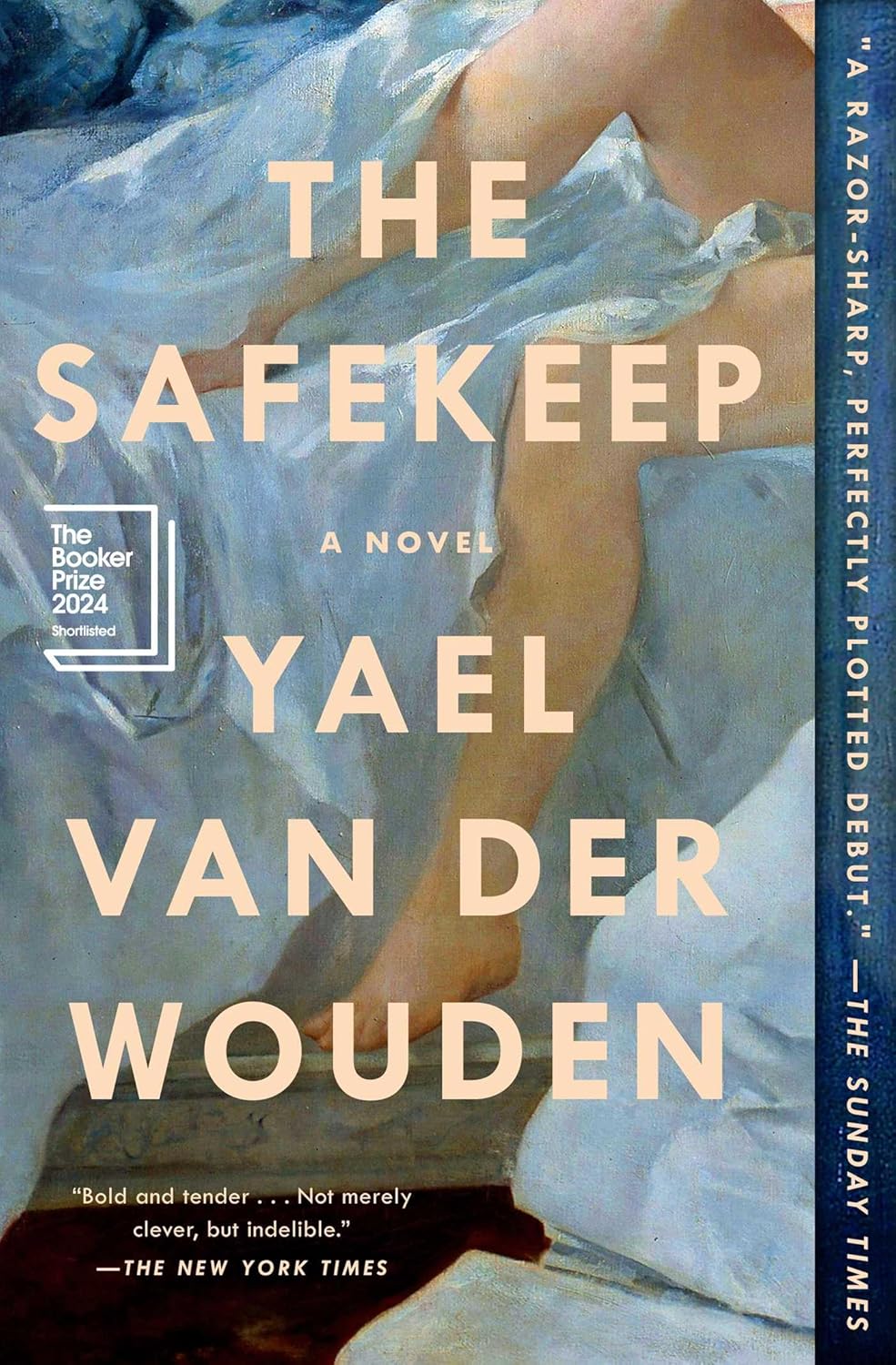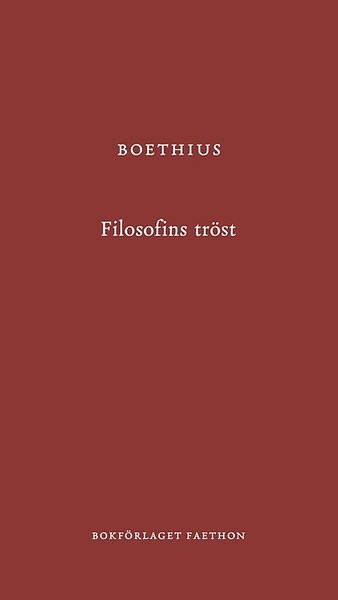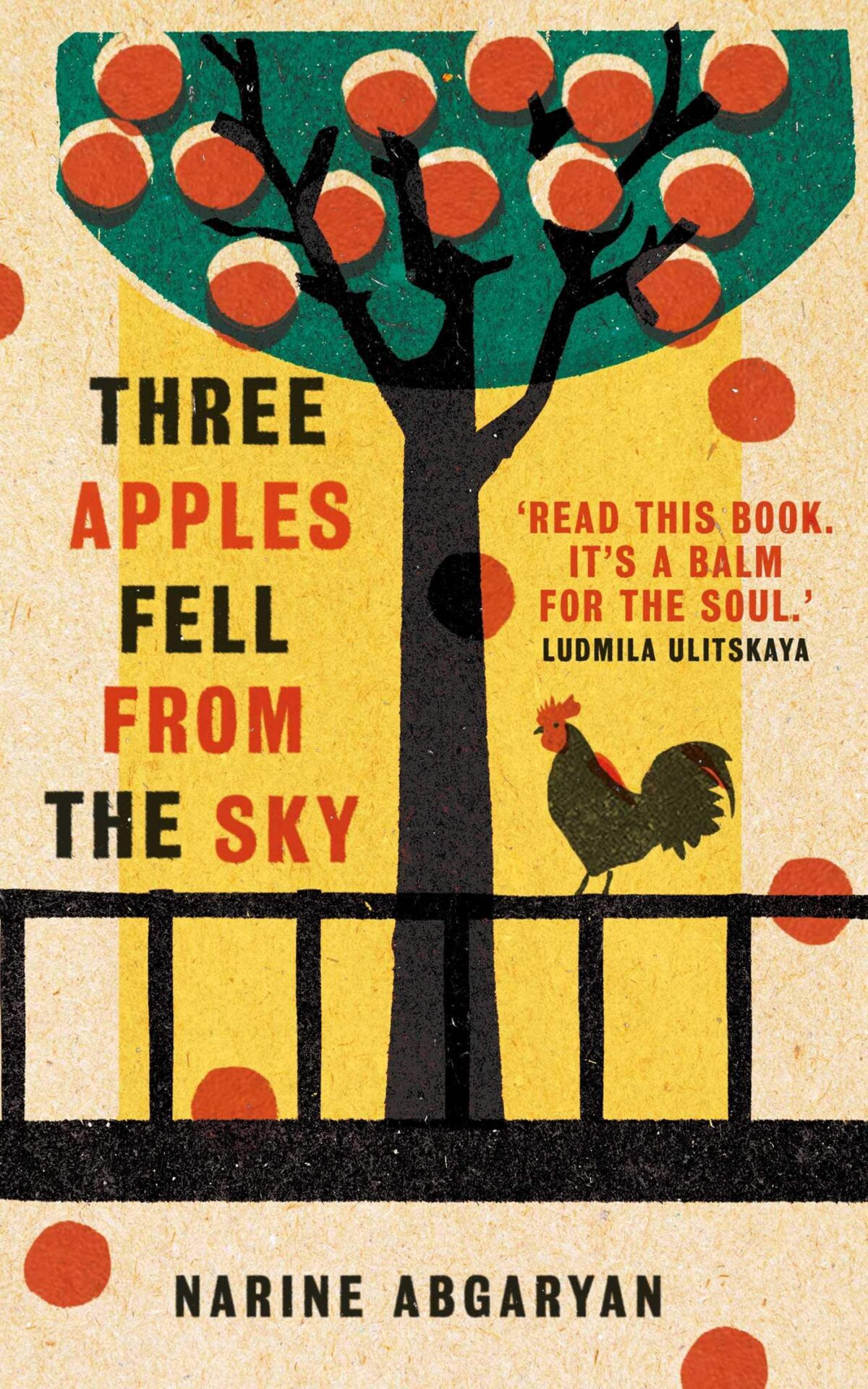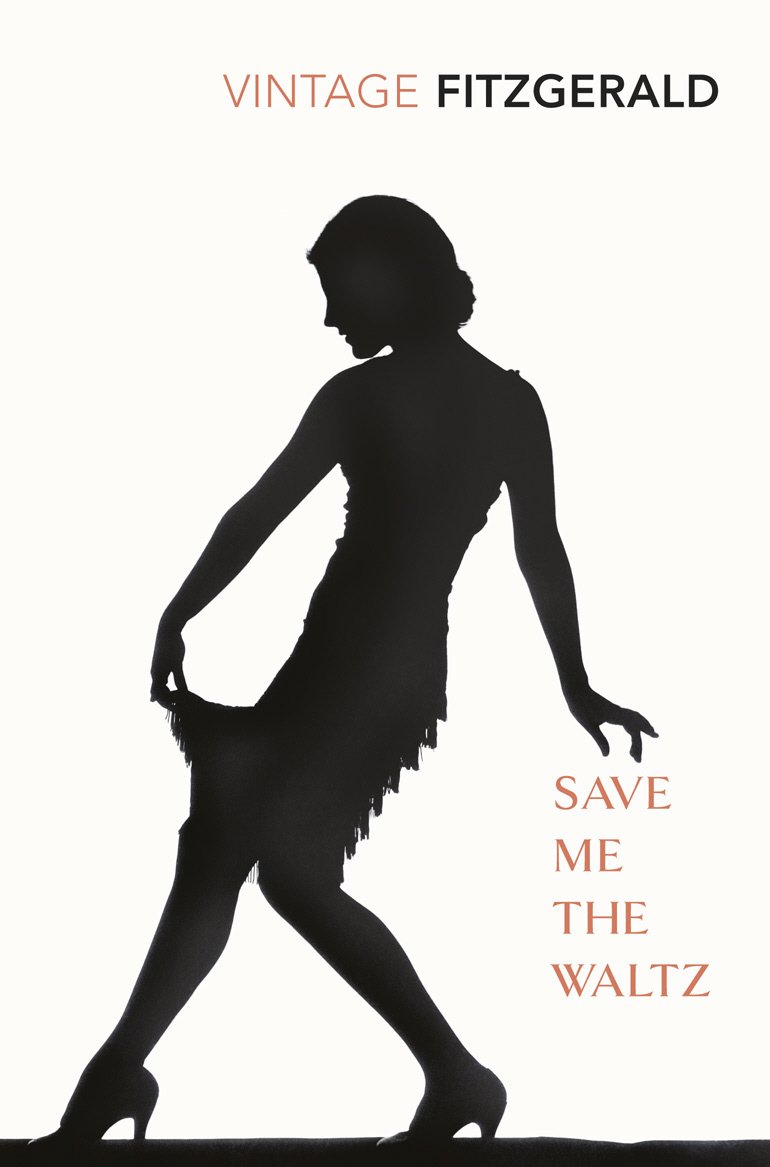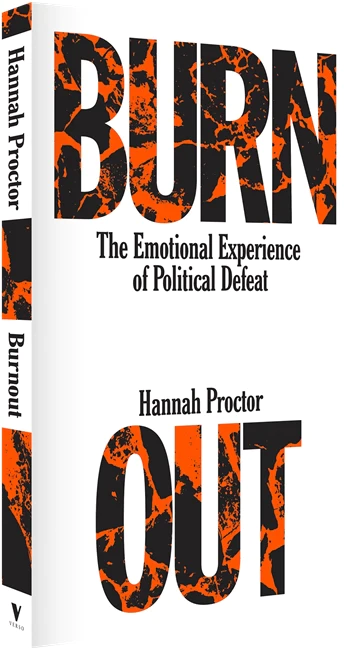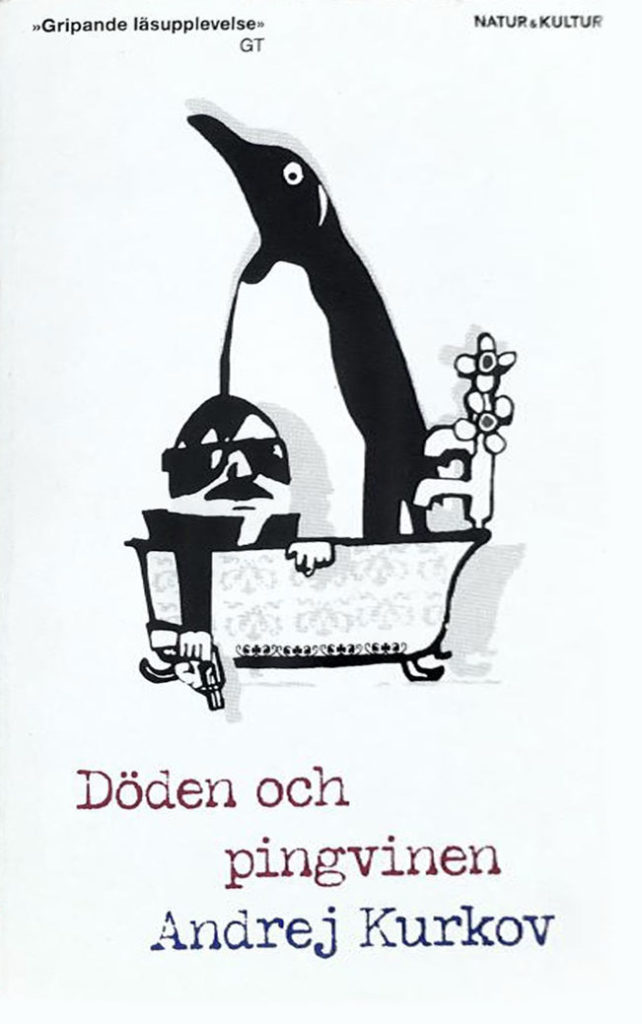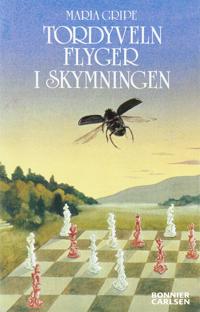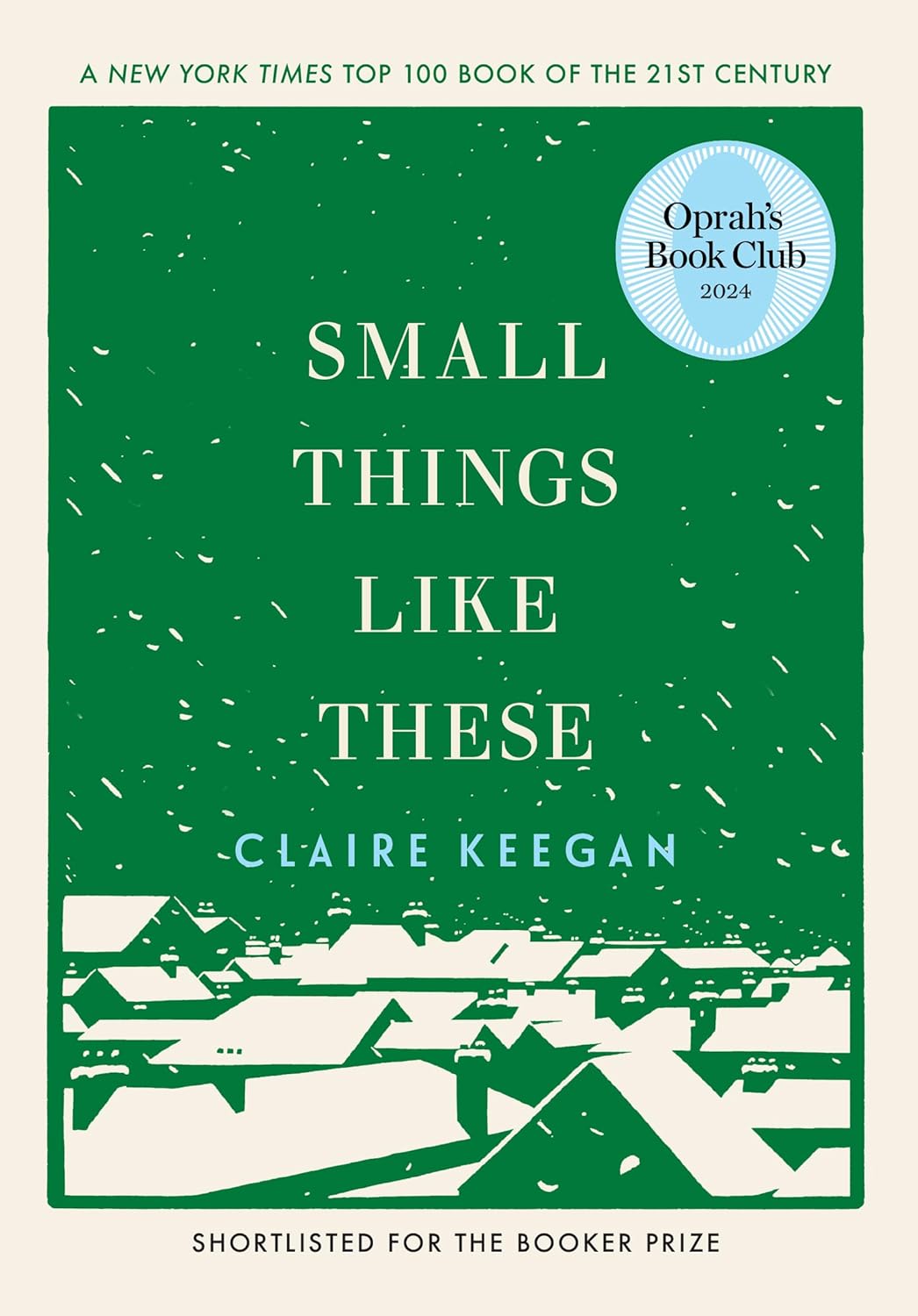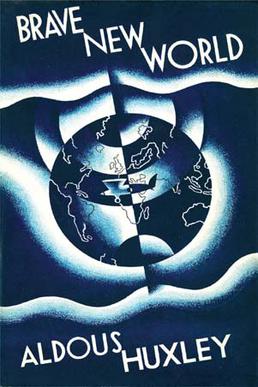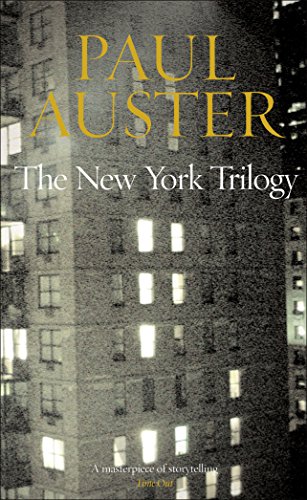Yael van der Woulden’s The Safekeep was an International WhatsApp Book Club pick, and with a publication date of 2024 it’s probably the newest book I’ve read so far this year. It even came right on the heels of Filosofins tröst from 523 CE for a bit of chronological whiplash!
Set in the Netherlands in 1961, The Safekeep focuses on Isabel, who is living in a house her family happened to acquire during World War II. (“Happened to acquire” = yes, you can look at that timeline and probably guess the means by which they came into it.) Isabel’s situation is rather tenuous, however; the house is actually willed to her brother Louis in the event he ever decides to marry and start a family, and Isabel is understood to simply be the caretaker until then. While things look promising for Isabel on that front—to quote the immortal bards LMFAO, Louis is “running through these hos like Drano”—it’s still no guarantee.
A series of incidents leads to Eva staying at the house with Isabel while Louis goes abroad for work. The two women could not be more different: Isabel is aloof, distant, and proper, while Eva is gregarious and uninterested in following rules. Sparks fly, the tightly-wound Isabel finally lets her hair down, and the two women begin a passionate love affair.
Isabel’s erotic fixation on Eva is simultaneously very obviously telegraphed but also very in character. Right at their first meeting at an awkward family dinner, Isabel zeroes in on all of Eva’s physical failings: the roots that need a touch-up dye, the way the buttons on her dress gap, the shoddy hems, and so on. It’s clear to the reader that Isabel is hyperaware of Eva’s body and Eva’s looks, even if it’s not immediately clear to Isabel herself. Whether or not readers enjoy that kind of signaling is a matter of taste. Are you the kind of person who relishes the obvious ignorance of the protagonist to their own desires, or does it just try your patience?
The other plot twist, which is late enough in the book that I would consider it a spoiler, had similarly obvious telegraphing but that I found to be much less satisfying. It’s a delicate balance to strike for van der Wouden, trying to find the balance between too many hints and not enough. The difference between the two cases for me is that 1) Isabel’s disconnection from herself at the beginning of the novel is part of her characterization and 2) the love affair resolves much, much earlier on in the story. This is a pretty horny book at times.
In the end I wasn’t blown away by The Safekeep, but I was glad I read it. I appreciated the focus on post-war Netherlands, a particular piece of history I know very little about. There is a precision and an exactitude to van der Wouden’s prose that I enjoyed, plus the shift of perspective in the penultimate section proves that she’s quite versatile as well.

